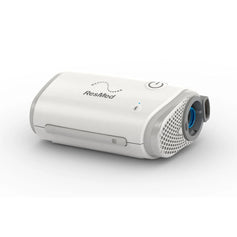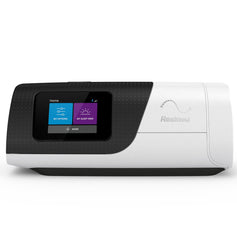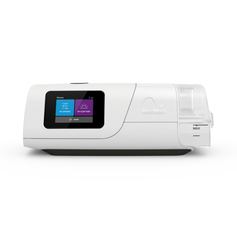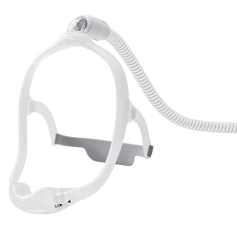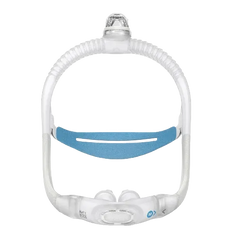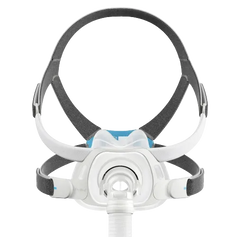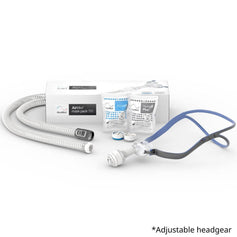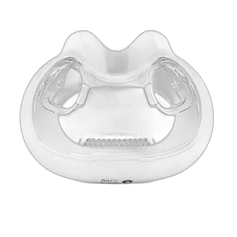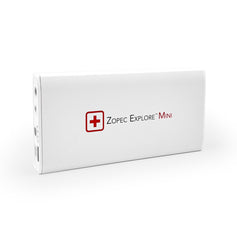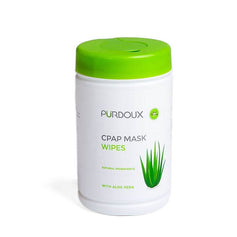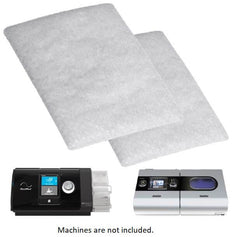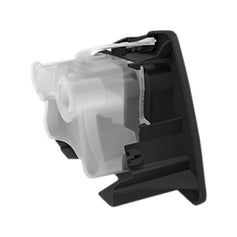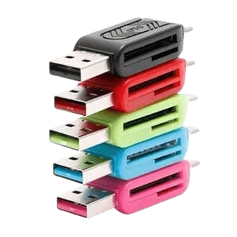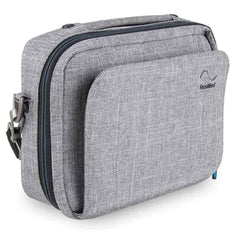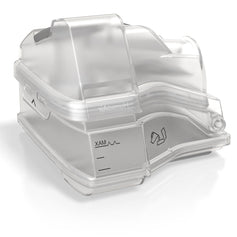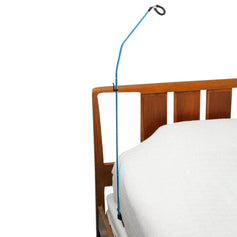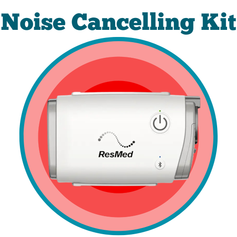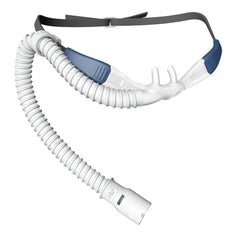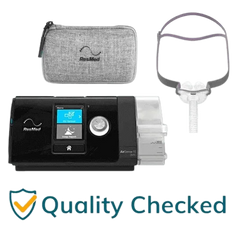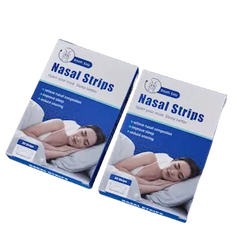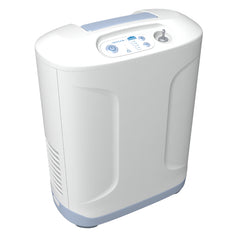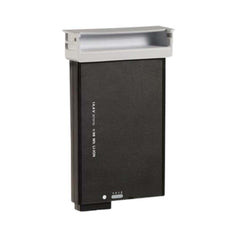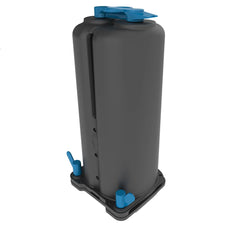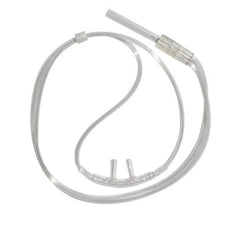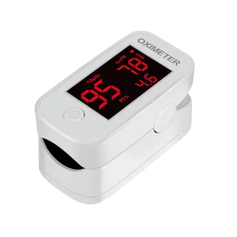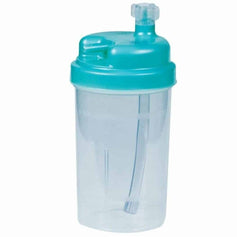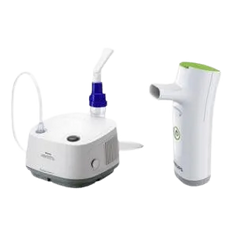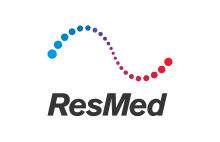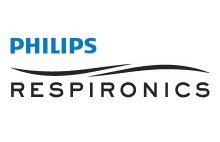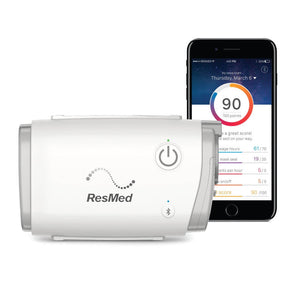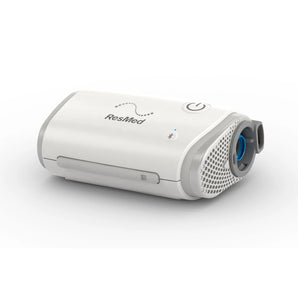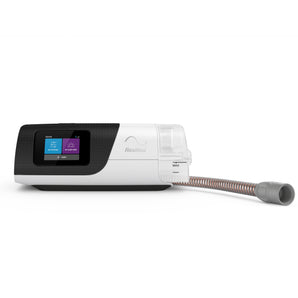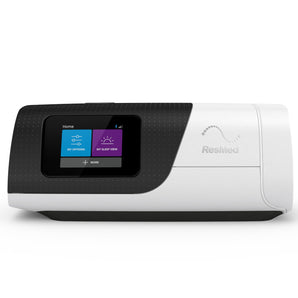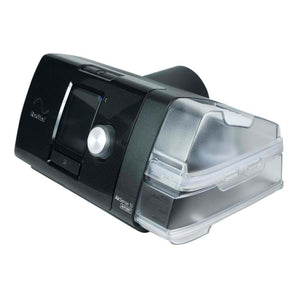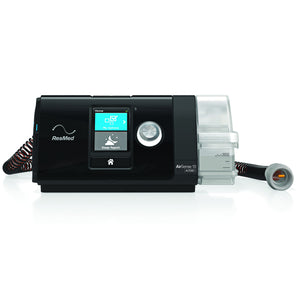Pauses in breathing during sleep and having a hard time falling asleep–these nighttime issues are so common that you’re probably wondering, Can you have sleep apnea and insomnia?
The short answer is: yes. In fact, sleep apnea and insomnia are the most prevalent co-occurring sleep disorders.1 And it’s not so far-fetched to presume one causes the other. Having either of the two is already a nightmare, to say the least. But when you have both, you have yourself a dangerous duo called comorbid insomnia with sleep apnea (COMISA).
If you suspect you have insomnia with sleep apnea, don’t worry–there are plenty of ways to regain control over your nightly slumber. Here, we’ll discuss the ins and outs of these sleep disorders and treatment options your doctor may recommend. We’ll also answer questions like: Can sleep apnea cause insomnia? and more.
Overview: Sleep Apnea and Insomnia
Around the globe, roughly 10 to 30% of adults suffer from insomnia2, while over 900 million are suspected to have obstructive sleep apnea (OSA).3
Sleep apnea is characterized by frequent interruptions in breathing, known as apneas. Because apneas lower your oxygen levels, your brain jolts you awake to breathe again, disrupting your natural sleep pattern. OSA, the most common type of sleep apnea, happens when your airway is blocked, usually because the muscles at the back of your throat relax excessively during sleep.
Insomnia, meanwhile, doesn’t just mean tossing and turning in your sleep that one night. It’s a persistent condition that makes it hard to fall and/or stay asleep. It usually lasts for days or weeks (acute) or months or years (chronic).
Symptoms of Sleep Apnea vs Insomnia
Seeing that both sleep apnea and insomnia affect sleep, they unsurprisingly share the same symptoms, such as:
- Excessive sleepiness or fatigue during the day
- Mood changes (irritability, depression, or anxiety)
- Trouble concentrating on tasks
- Waking up frequently at night
Each condition also has a set of unique symptoms. Apart from the above, these are the tell-tale signs you have sleep apnea or insomnia:
Sleep Apnea Symptoms
- Loud snoring
- Gasping for air or choking during sleep
- Waking up with dry mouth and sore throat
- Morning headache
- Difficulty falling asleep or staying asleep
Insomnia Symptoms
- Taking more than 30 minutes to fall asleep
- Difficulty falling back asleep after waking up at night
- Waking up too early
- Difficulty remembering things
- Worrying about sleep
Health Implications
Having a full night’s rest allows every organ of your body to function properly. But for those with sleep apnea and insomnia, sleep is a luxury–and the repercussions of sleep deprivation go beyond restless nights.
When left untreated, insomnia and obstructive sleep apnea can cause a host of similar sleep-related health issues, including:
- Reduced quality of life
- Mental health disorders, like anxiety and depression
- Compromised immune system
- Increased risk of long-term illnesses, like hypertension, heart disease, type 2 diabetes, and stroke
- Increased risk of accidents
Research shows that having comorbid insomnia with sleep apnea (COMISA) makes you more at risk for these health problems than people with either insomnia or sleep apnea.4
What Is the Connection Between Sleep Apnea and Insomnia?
As mentioned, one of the main symptoms of obstructive sleep apnea (OSA) is insomnia. In fact, according to a recent study, 38% of OSA patients suffer from insomnia.5
Can Sleep Apnea Cause Insomnia?
So does sleep apnea cause insomnia?
There’s an extensive list of underlying causes of insomnia–from stress, poor sleep hygiene, and certain medications to mental health problems, medical conditions, and sleep disorders. Since OSA and other sleep disorders can lead to frequent nighttime awakenings, they can cause or worsen symptoms of insomnia, but not always.
Can Insomnia Cause Sleep Apnea?
What about the reverse? Does insomnia cause sleep apnea?
Again, not always. In the same study, Zhang et al. (2019) concluded that 35% of insomnia patients have an apnea-hypopnea index (AHI) of ≥5, while 29% have an AHI of ≥15.
How does this happen?
Those with chronic insomnia regularly lose sleep, which can cause a decrease in the throat’s muscle tone.6 Weak throat muscles can obstruct your airway during sleep, resulting in OSA.
Sleep Apnea and Insomnia: Diagnosis
To pinpoint the culprits behind your sleepless nights, your physician may recommend specific tests for insomnia and obstructive sleep apnea.
Sleep Apnea Testing
Home sleep apnea test
A home sleep apnea test is usually the first test a doctor prescribes if they suspect you may have sleep apnea. This test can be done in the comfort of your own bed and involves wearing a sleep apnea test device, which records breathing effort, snoring, heart rate, oxygen levels and amount of airflow. While it is convenient and cost-effective, (home sleep tests range from $100-$500), it cannot accurately diagnose more complicated forms of sleep apnea such as central and mixed sleep apnea.
A home sleep test can indicate the presence of central sleep apnea and other breathing disorders such as Cheyne-Stokes Respiration, but it can't prove without a doubt that these issues exist. For that you'll need a polysomnography, or in-lab sleep study. However, most people find a home sleep test is all they need for diagnosis.
Learn more about the pros and cons of an at-home sleep study and how to prepare for one.
Polysomnography (PSG)
Also called an in-lab or overnight sleep study, this specialized test can diagnose central, mixed and obstructive sleep apneas, narcolepsy, and other sleep disorders. It involves staying overnight in a sleep clinic, where you’ll be hooked up to various sensors to record your blood oxygen levels, heart rate, brain waves, breathing, and eye movement during sleep. A team of sleep specialists will set up the equipment, monitor your sleep, and interpret the results.
Insomnia Testing
Physical exam
This will help your doctor rule out thyroid problems and other medical conditions that can cause insomnia.
Sleep history
A detailed view of your sleep history can provide your doctor with valuable insights about your insomnia and its causes. To get your sleep history, you (and your bed partner) will have to answer a series of sleep-related questions, like how well you’re sleeping and how long it takes you to fall asleep. You might also be asked to keep a sleep diary for a week or so. In your sleep journal, you have to note your sleep patterns, habits, and daily activities.
Actigraphy
This non-invasive test involves a week or more of wearing an actigraph, a wrist-worn device that monitors movement and light exposure. Using this data, it can record your sleep-wake patterns to diagnose insomnia and other circadian rhythm disorders.
Polysomnography (PSG)
If your doctor suspects signs of other sleep disorders, you might be asked to undergo a PSG or in-lab sleep study.
COMISA Testing
Since the two sleep disorders have several symptoms in common, comorbid insomnia with sleep apnea (COMISA) can be hard to diagnose. At the time of publishing, there is no standardized testing for this comorbid condition.
Your doctor might have to test you for both insomnia and obstructive sleep apnea separately to make an accurate COMISA diagnosis. If you only have insomnia symptoms, your doctor most likely won't refer you for an in-lab sleep study. However, if your medical history gives them cause to suspect you may have sleep apnea or other sleep disorders, they'll request a PSG for confirmation.
Sleep Apnea and Insomnia: Treatment
Whether you have sleep apnea or insomnia, today’s technology has made it possible to easily manage your symptoms and prevent the health problems associated with these sleep disorders. After getting diagnosed, your doctor might suggest these sleep apnea and insomnia treatment methods:
Sleep Apnea
Continuous positive airway pressure (CPAP)
Widely considered the gold standard for sleep apnea treatment, CPAP machines can greatly benefit those with obstructive or central sleep apnea. These devices deliver a mild flow of pressurized air to keep your airways open as you sleep.
Learn more about CPAP therapy.

Oral appliances
Also called mandibular advancement devices (MADs), these custom appliances pull your lower jaw forward to keep your tongue from blocking your airway. If this sounds more appealing than CPAP, make sure you find a dentist certified by the American Academy of Dental Sleep Medicine to make your oral appliance.
Lifestyle changes
Whichever sleep apnea treatment you and your doctor decide on, you still have to make a few lifestyle changes, such as avoiding alcohol and certain medications, shedding a few pounds, and sleeping on your side.
Surgery
If no other treatment seems to be working, you might have to undergo surgery as a last resort. Uvulopalatopharyngoplasty (UPPP), the most common surgical method for OSA, involves removing part of your palate to open up your airway.
Insomnia
Cognitive behavioral therapy for insomnia (CBT-I)
Often the first line of treatment for those with chronic insomnia, CBT-I addresses the thoughts and behaviors that keep you up at night.
Medications
In some cases, your physician may prescribe certain sleep medications to help regulate your sleep patterns.
Improving sleep habits
Depending on the severity of your insomnia, simply practicing good sleep hygiene can help you treat insomnia yourself. Check out our tips for building better sleep habits.
COMISA
Comorbid insomnia with sleep apnea can worsen the health risks associated with either OSA or chronic insomnia. So if you have this comorbidity, it’s all the more important to start treatment right away.
With the unique challenges that come with insomnia with sleep apnea, your doctor might recommend a combined approach to treat both disorders. But it’s easier said than done. After all, many OSA patients with insomnia symptoms have trouble sleeping with CPAP. So along with CPAP therapy, patients suffering from insomnia with sleep apnea should undergo CBT-I. This behavioral therapy should be conducted by psychologists who can also provide motivational therapy for CPAP adherence.6
The Takeaway
Two serious sleep disorders, two huge detriments to a holistically healthy life. Sleep apnea and insomnia, especially when combined, can lead to a variety of sleep-related illnesses. But with the right approach and support, you can overcome the challenges brought about by these conditions.
Have you already discussed your sleep apnea and insomnia treatment options with your provider? Make sure to browse through our shop. Here on RespShop, we offer all kinds of CPAP products–from auto CPAP and BiPAP/VPAP machines to sleep apnea masks and other CPAP supplies.
Browse the RespShop Knowledge Base for more articles on CPAP machines and anything sleep apnea related. And if you have more questions, feel free to get in touch using the methods below. Our team of medical professionals are here to help you get the best sleep possible.
References
- Ong, J. C., Crawford, M. R., & Wallace, D. M. (2021). Sleep Apnea and Insomnia: Emerging Evidence for Effective Clinical Management. Chest, 159(5), 2020–2028. https://doi.org/10.1016/j.chest.2020.12.002
- Bhaskar, S., Hemavathy, D., & Prasad, S. (2016). Prevalence of chronic insomnia in adult patients and its correlation with medical comorbidities. Journal of family medicine and primary care, 5(4), 780–784. https://doi.org/10.4103/2249-4863.201153
- Benjafield, A. V., Ayas, N. T., Eastwood, P. R., Heinzer, R., Ip, M. S., Morrell, M. J., Nunez, C. M., Patel, S. R., Penzel, T., Pépin, J.-L., Peppard, P. E., Sinha, S., Tufik, S., Valentine, K., & Malhotra, A. (2019). Estimation of the global prevalence and burden of obstructive sleep apnoea: A literature-based analysis. The Lancet Respiratory Medicine, 7(8), 687–698. https://doi.org/10.1016/s2213-2600(19)30198-5
- Ragnoli, B., Pochetti, P., Raie, A., & Malerba, M. (2021). Comorbid Insomnia and Obstructive Sleep Apnea (COMISA): Current Concepts of Patient Management. International journal of environmental research and public health, 18(17), 9248. https://doi.org/10.3390/ijerph18179248
- Zhang, Y., Ren, R., Lei, F., Zhou, J., Zhang, J., Wing, Y. K., Sanford, L. D., & Tang, X. (2019). Worldwide and regional prevalence rates of co-occurrence of insomnia and insomnia symptoms with obstructive sleep apnea: A systematic review and meta-analysis. Sleep medicine reviews, 45, 1–17. https://doi.org/10.1016/j.smrv.2019.01.004
- Sweetman, A., Lack, L., & Bastien, C. (2019). Co-Morbid Insomnia and Sleep Apnea (COMISA): Prevalence, Consequences, Methodological Considerations, and Recent Randomized Controlled Trials. Brain sciences, 9(12), 371. https://doi.org/10.3390/brainsci9120371

